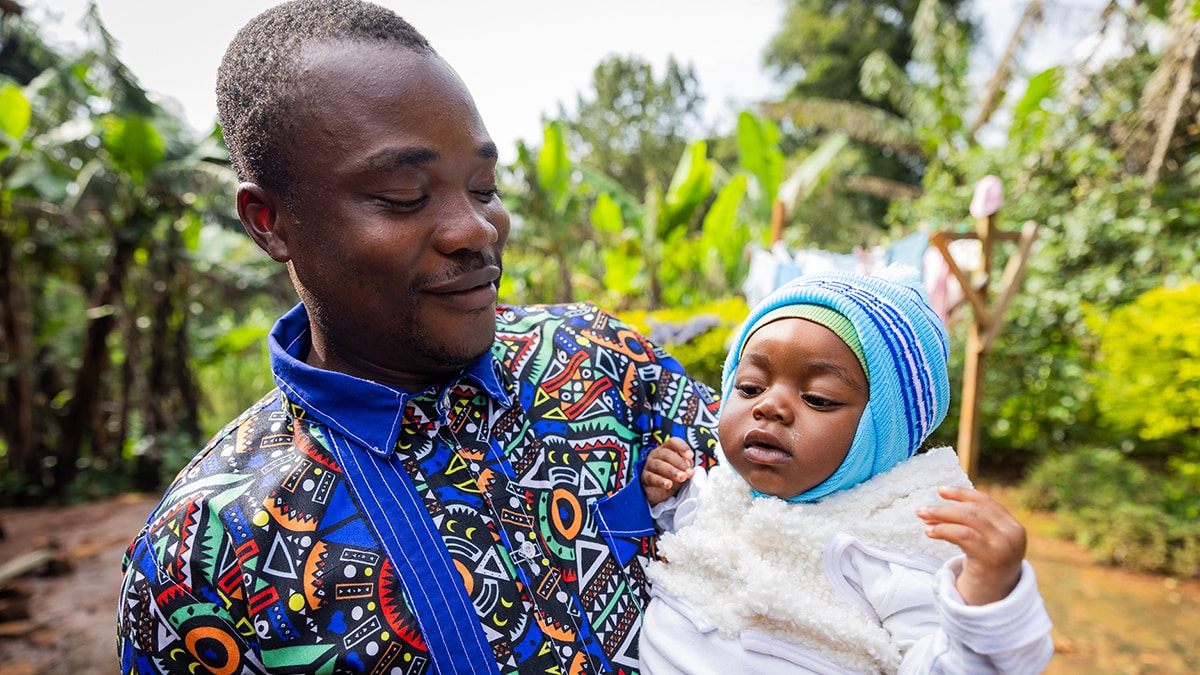Key points
- Malaria control, elimination, and eradication efforts occur on a continuum and include different objectives and activities across this continuum.
- Eradication of malaria will occur only when all human plasmodium parasites are eliminated from all regions of the world.
- Novel interventions to further advance malaria control and elimination are being scaled-up, including vaccination and chemoprevention approaches.

Overview
The goal of most current National Malaria Programs and most malaria activities is to reduce the number of malaria-related cases and deaths. To reduce malaria transmission to a level where it is no longer a public health problem is the goal of malaria "control."
"Control" of malaria differs from "elimination" or "eradication of malaria." "Elimination" is local or regional in scope. Eradication is "global elimination." Eradication is not achieved until malaria is gone from the natural world. These terms can be defined differently for different illnesses.
Increases in resources, political will, and commitment have led to discussion of the possibility of malaria elimination and, ultimately, eradication.
Malaria has been most difficult to control in Africa where the largest malaria burden malaria exists worldwide. Many reasons account for this: efficient mosquitoes that transmits the parasite, a high prevalence of the deadliest species of the parasite, favorable climate for mosquito breeding, weak infrastructure to address the disease, and high intervention costs that preclude full scale-up in low-income countries.
However, the scale-up of effective, safe, and proven prevention and control interventions made possible by global support and national commitment has shown that the impact of malaria on residents of malaria-endemic countries can be dramatically reduced.
Malaria Treatment and Prevention Interventions
Malaria control is achieved through a combination of treatment and prevention interventions. The choice of interventions depends on the malaria transmission level in the area (e.g., in areas of low transmission level, intermittent preventive treatment for pregnant women [IPTp] is usually not recommended). In most malaria-endemic countries, four interventions—case management (diagnosis and treatment), insecticide treated nets (ITNs), indoor residual spraying (IRS), and IPTp—make up the essential package of malaria interventions. In addition, many Sahelian countries, where malaria is highly seasonal, implement a fifth intervention, seasonal malaria chemoprevention (SMC). Many countries are also now starting to scale-up malaria vaccines. The menu of possible interventions, depending upon malaria transmission setting, includes:
- Prevention: Vector control
- Prevention: Pharmaceutical-based
- Case Management: Diagnosis & Treatment
CDC also contributes to the global control and elimination of malaria in the following areas
